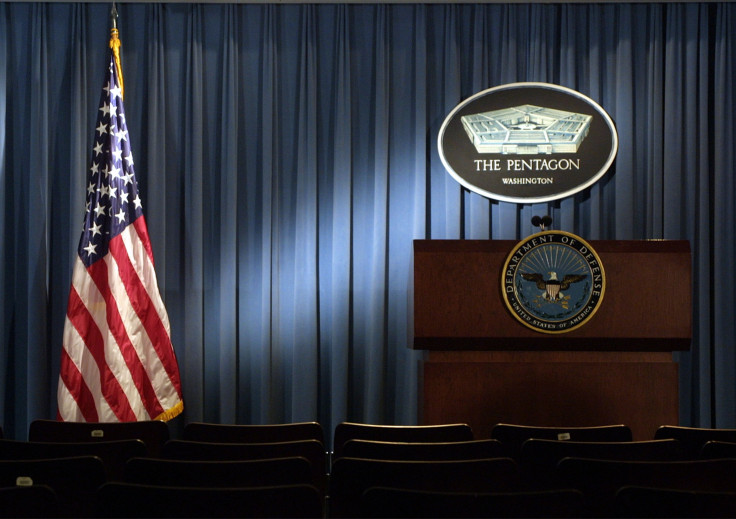Pentagon Still Uses Floppy Disks To Run Parts Of Its Nuclear Program

The Pentagon’s Strategic Automated Command and Control System, which handles functions related to the country’s intercontinental ballistic missiles and nuclear weapons, is still using a 1970s-era computer system and floppy disks to store data, a new report by a congressional watchdog agency has revealed.
According to the Government Accountability Office (GAO), the Pentagon’s command and control system runs on an IBM Series/1 Computer, which first debuted in 1976, and 8-inch floppy disks — magnetic storage devices that were in use in the 1970s.
“This system remains in use because, in short, it still works,” Pentagon spokeswoman Valerie Henderson told Agence France-Presse. “However, to address obsolescence concerns, the floppy drives are scheduled to be replaced with secure digital devices by the end of 2017.”
The good news is that the Department of Defense plans to fully replace the ancient system by 2020.
However, the Pentagon is far from being the only federal agency still sticking with decades-old technologies. In its 90-page report, the GAO listed out the outdated technology that the Department of Treasury, the Department of Justice and the Department of Veteran Affairs were still using, and urged immediate replacement of these “aging legacy systems.”
The Treasury, for instance, is still using assembly language code — a computer language that was first used in the 1950s. The Department of Veterans Affairs’ Personnel and Accounting Integrated Data System — which automates time and attendance for employees, timekeepers, payroll and supervisors — uses the Common Business Oriented Language (COBOL), a programming language developed in the 1950s and 1960s.
The GAO found that last year, of the $80 billion in federal IT expenditure, over $61 billion was spent on “operations and maintenance (O&M)” of these obsolete systems. In comparison, only $19.2 billion was spent on “development, modernisation and enhancement” of existing systems.
Since 2010, as O&M expenditure has increased, the amount invested in developing new systems has decreased by about $7.3 billion, GAO estimated.
“OMB [Office of Management and Budget] recently began an initiative to modernize, retire, and replace the federal government’s legacy IT systems. As part of this, OMB drafted guidance requiring agencies to identify, prioritize, and plan to modernize legacy systems,” GAO said in the report. “However, until this policy is finalized and fully executed, the government runs the risk of maintaining systems that have outlived their effectiveness.”
© Copyright IBTimes 2024. All rights reserved.






















